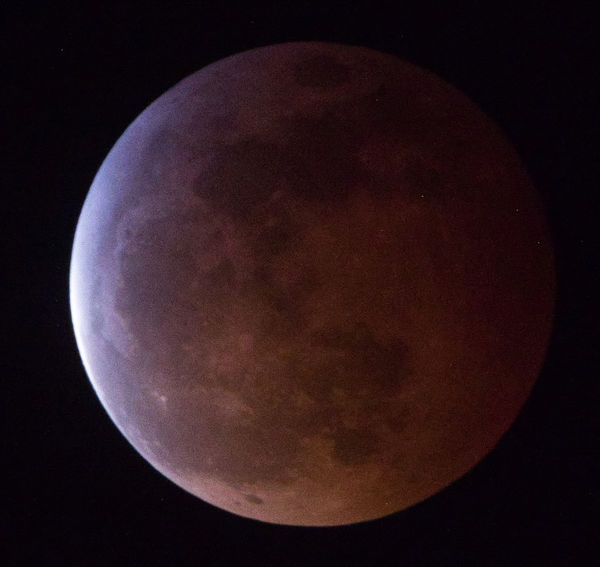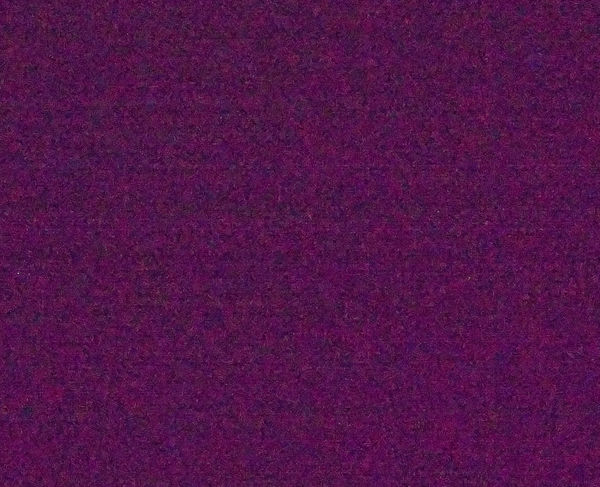Posts for: wbchinook
Feb 23, 2019 02:05:04 #
I googled the statue and found a little info. Here is a link that describes the location and artist
https://totallybuffalo.com/a-sculpture-that-creates-intense-emotion/
https://totallybuffalo.com/a-sculpture-that-creates-intense-emotion/
Feb 23, 2019 00:41:22 #
I saw this on face book today. As a father who lost two sons, I was touched by the message portrayed by the statue. I am not sure that I would want the boys mother to see it.

Feb 19, 2019 10:46:12 #
Thank you for posting this John. An old dog like me can still learn a thing or two. I am going to see if I can change these setting on my Panasonic G9.
Feb 12, 2019 13:43:14 #
A Canada goose with a bad wing has survived for a half dozen years in our marina. The bald eagles sit in a tree above and never bother it.
Jan 26, 2019 00:30:09 #
Jan 24, 2019 02:07:26 #
Jan 23, 2019 19:17:45 #
I might be the only one to capture a half dozen meteors hitting the moon at the same time. This would explain the bright spots on my photo. LOL
JimH123 wrote:
Burning is not the correct word. The meteor strikes the moon at a very high velocity. The sudden impact releases a lot of kinetic energy which affects the meteor and the moon rock to melt and some to vaporize. Plus some to be scattered. The amount of released energy can be huge depending upon speed and mass.
Jan 23, 2019 15:13:30 #
WOW. A lot of information to warp my old head around. I really appreciate the time and effort you have taken to inform me.
I am not anywhere near being an expert when it comes to Post Processing. For years I played with PSE. PSE 15 is my last version. I have had the LR- PS subscription for a couple of years. I made an effort to get my thousands of photos organized in the LR catalog, but have since given up. I have used PS for a few edits but find myself falling back to PSE usually. I, like many others, hope that Luminar will be enough to let us drop our Adobe subscriptions.
I wish I had taken time to take a few of these moon pictures using the basic 200 ISO setting. It would have been very interesting to see what results you would have found.
I am the photographer for our local chapter of the Power and Sail Squadron. I document their monthly dinner meetings which are usually held in badly lit rooms. I have never noticed any of these rebel pixels while working on these types of photos. I will have to look a little closer. I resize these pictures for viewing on their web site, so a stray pixel would not be too noticeable.
I sold my Nikon D810 and D600 and jumped into the Micro 4/3rd world. The G9 has been fun to own. After a year I find myself still learning and relearning systems. Just the night of the moon shots, I again found myself trying to remember how to pair the camera to my phone.
Once again I want to thank you. You have been more than kind taking time to share your knowledge with me.
Wayne
PS I like what you did with image #5
I am not anywhere near being an expert when it comes to Post Processing. For years I played with PSE. PSE 15 is my last version. I have had the LR- PS subscription for a couple of years. I made an effort to get my thousands of photos organized in the LR catalog, but have since given up. I have used PS for a few edits but find myself falling back to PSE usually. I, like many others, hope that Luminar will be enough to let us drop our Adobe subscriptions.
I wish I had taken time to take a few of these moon pictures using the basic 200 ISO setting. It would have been very interesting to see what results you would have found.
I am the photographer for our local chapter of the Power and Sail Squadron. I document their monthly dinner meetings which are usually held in badly lit rooms. I have never noticed any of these rebel pixels while working on these types of photos. I will have to look a little closer. I resize these pictures for viewing on their web site, so a stray pixel would not be too noticeable.
I sold my Nikon D810 and D600 and jumped into the Micro 4/3rd world. The G9 has been fun to own. After a year I find myself still learning and relearning systems. Just the night of the moon shots, I again found myself trying to remember how to pair the camera to my phone.
Once again I want to thank you. You have been more than kind taking time to share your knowledge with me.
Wayne
PS I like what you did with image #5
JimH123 wrote:
I didn't see them either. (At least not yet.) I ... (show quote)
Jan 23, 2019 01:13:57 #
Here is the link. There should be about a half dozen pictures to play with.
https://apc01.safelinks.protection.outlook.com/?url=https%3A%2F%2Fwe.tl%2Ft-VTfUMER928&data=02%7C01%7C%7C751c2751dd3c424f386c08d680f98982%7C84df9e7fe9f640afb435aaaaaaaaaaaa%7C1%7C0%7C636838206570173045&sdata=b0hyCAUNnMl%2F1bOXm6p2UUELrUZoWQVQ0PTKGNFcL64%3D&reserved=0
https://apc01.safelinks.protection.outlook.com/?url=https%3A%2F%2Fwe.tl%2Ft-VTfUMER928&data=02%7C01%7C%7C751c2751dd3c424f386c08d680f98982%7C84df9e7fe9f640afb435aaaaaaaaaaaa%7C1%7C0%7C636838206570173045&sdata=b0hyCAUNnMl%2F1bOXm6p2UUELrUZoWQVQ0PTKGNFcL64%3D&reserved=0
JimH123 wrote:
Can you send me the RAW files? One way is to use ... (show quote)
Jan 23, 2019 00:01:58 #
Hello Jim
Thank you for you detailed response. I shoot in RAW and JPEG. I converted the RAW file with Luminar 2018.You note that the length of the exposure makes a difference. Would a 1/10 second exposure be considered long enough to affect the pixels?
I know Panasonic made some changes to the sensors in the G9 compared to their previous cameras. I will have to do some research on hot pixel mapping in my camera.
I have Lightroom and didn't know about the pixel mapping feature.
Thank you again for giving me so much of your time. I hope I nor too old to comprehend all of this electronic information.
Wayne.
Thank you for you detailed response. I shoot in RAW and JPEG. I converted the RAW file with Luminar 2018.You note that the length of the exposure makes a difference. Would a 1/10 second exposure be considered long enough to affect the pixels?
I know Panasonic made some changes to the sensors in the G9 compared to their previous cameras. I will have to do some research on hot pixel mapping in my camera.
I have Lightroom and didn't know about the pixel mapping feature.
Thank you again for giving me so much of your time. I hope I nor too old to comprehend all of this electronic information.
Wayne.
JimH123 wrote:
These are hot pixels. On the left size is a commo... (show quote)
Jan 22, 2019 19:50:48 #
Hello everyone.
I am posting a cropped picture of the moon. I hope this makes the bright dots more viewable. These dots pop out on my 27" 5K iMac. I am also posting a picture taken with the lens cap on. I upped the exposure in PP to make any bright spots apparent. I used an ISO of 1600 to match the moon picture. I see a few small bright spots on this picture. Three or four of these spots are consistent with another shot I took with the lens on. These spots are probably due to noise and or bad pixels.
I really appreciate all the input from you all.
Thank you
Wayne
I am posting a cropped picture of the moon. I hope this makes the bright dots more viewable. These dots pop out on my 27" 5K iMac. I am also posting a picture taken with the lens cap on. I upped the exposure in PP to make any bright spots apparent. I used an ISO of 1600 to match the moon picture. I see a few small bright spots on this picture. Three or four of these spots are consistent with another shot I took with the lens on. These spots are probably due to noise and or bad pixels.
I really appreciate all the input from you all.
Thank you
Wayne
Jan 21, 2019 22:30:44 #
Thank you everyone. I am going to take a couple of pictures tonight and see if I can find a pattern of bright spots. That would mean some some hot pixels are present. If I find any new information, I will let everyone know.
Jan 21, 2019 16:06:24 #
Thank you all for your replies. Most must not have downloaded and double clicked on the image. There is one bright spot in front of the moon on the first and several on the second picture. That will obviously eliminate any stars, even the shooting type.
I am inclined to give the prize for the correct answer to Larryepage for suggesting random hot pixels.
Thanks again everyone.
I am inclined to give the prize for the correct answer to Larryepage for suggesting random hot pixels.
Thanks again everyone.
Jan 21, 2019 14:43:44 #
Thank you for your input. Please download and double click on the second image. There are bright dots on the face of the moon.
flyguy wrote:
I think that the small bright dots are stars and came to that conclusion after viewing an enlarged downloaded image.
If you are referring to the area around the edges of the image I would think that would be fringing caused by your lens.
If you are referring to the area around the edges of the image I would think that would be fringing caused by your lens.
Jan 21, 2019 14:29:04 #
Thank you IDguy. You may be exactly right. There was a very bright streetlight on my RH side. Although I did have the lens hood extended, the low angle of the light may be the culprit.

